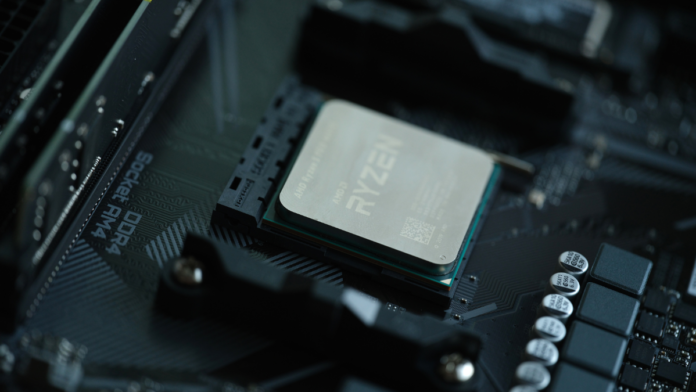AMD results for the third quarter of 2024 saw its data center segment revenue increase more than 120% year-over-year to a record $3.5 billion. The company’s total revenue for the third quarter was $6.8 billion.
“We delivered strong third quarter financial results with record revenue led by higher sales of EPYC and Instinct data center products and robust demand for our Ryzen PC processors,” said AMD Chair and CEO Dr. Lisa Su. “Looking forward, we see significant growth opportunities across our data center, client and embedded businesses driven by the insatiable demand for more compute.”
Despite AMD CFO and Treasurer Jean Hu’s statement that the company is “on-track to deliver record annual revenue for 2024 based on significant growth in our Data Center and Client segments,” however, Wall Street analysts appeared unimpressed with the company’s fourth-quarter guidance of around $7.5 billion in revenue, representing year-on-year growth of 22%. AMD’s stock was down roughly 10% by the end of day Wednesday.
On the company’s quarterly call, Su said that in the data center segment, AMD believes that it gained server CPU share due to wins in the enterprise segment as well as cloud providers expanding their use of AMD’s EPYC CPUs in cloud infrastructure. EPYC, she said, “has become the CPU of choice for the modern data center.” In call-outs to a number of specific applications and customers that EPYC CPUs support, Su said that “Meta alone has deployed more than 1.5 million EPYC CPUs across their global data center fleet to power their social media platforms.”
She added that the company is “building strong momentum with large enterprise customers,” and mentioning specific customer wins with large technology, energy, financial services and automotive companies during the third quarter, including Airbus, Daimler Truck, FedEx, HSBC, Siemens, Walgreens and others.
Su also said that based on its momentum and product pipelines, AMD is “very well-positioned for continued growth in share gains.”
AMD is also in the process of bolstering its position in AI silicon and systems, with the $4.9 billion acquisition of New Jersey-based ZT Systems. The transaction was announced in August and AMD executives said that it remains on-track to close in the first half of 2025. Su added that AMD has received positive feedback from customers because the ZT acquisition will enable hyperscalers to “rapidly deploy AMD AI infrastructure at scale and provides OEMs and ODMs with optimized board and module designs for a wide range of differentiated enterprise solutions.”
Su also said that AMD has “built significant momentum across our data center AI business with deployments increasing across an expanding set of cloud, enterprise and AI customers.” Subsequently, AMD expects its revenue from data center GPUs to exceed $5 billion this year; the company had started out 2024 providing guidance of $2 billion in AI GPU revenue and then bumped that up to $4.5 billion, and now to $5 billion.
When asked about the 2025 market, Su responded: “At a high level … we feel very good about the market from everything that we see.”
AMD did see decreases in two of its business segments: Gaming revenues were down nearly 70% year-on-year, and its embedded segment is in the midst of what the company described as a gradual recovery, with revenues of $927 million, down 25% year-over-year but up 8% sequentially.

